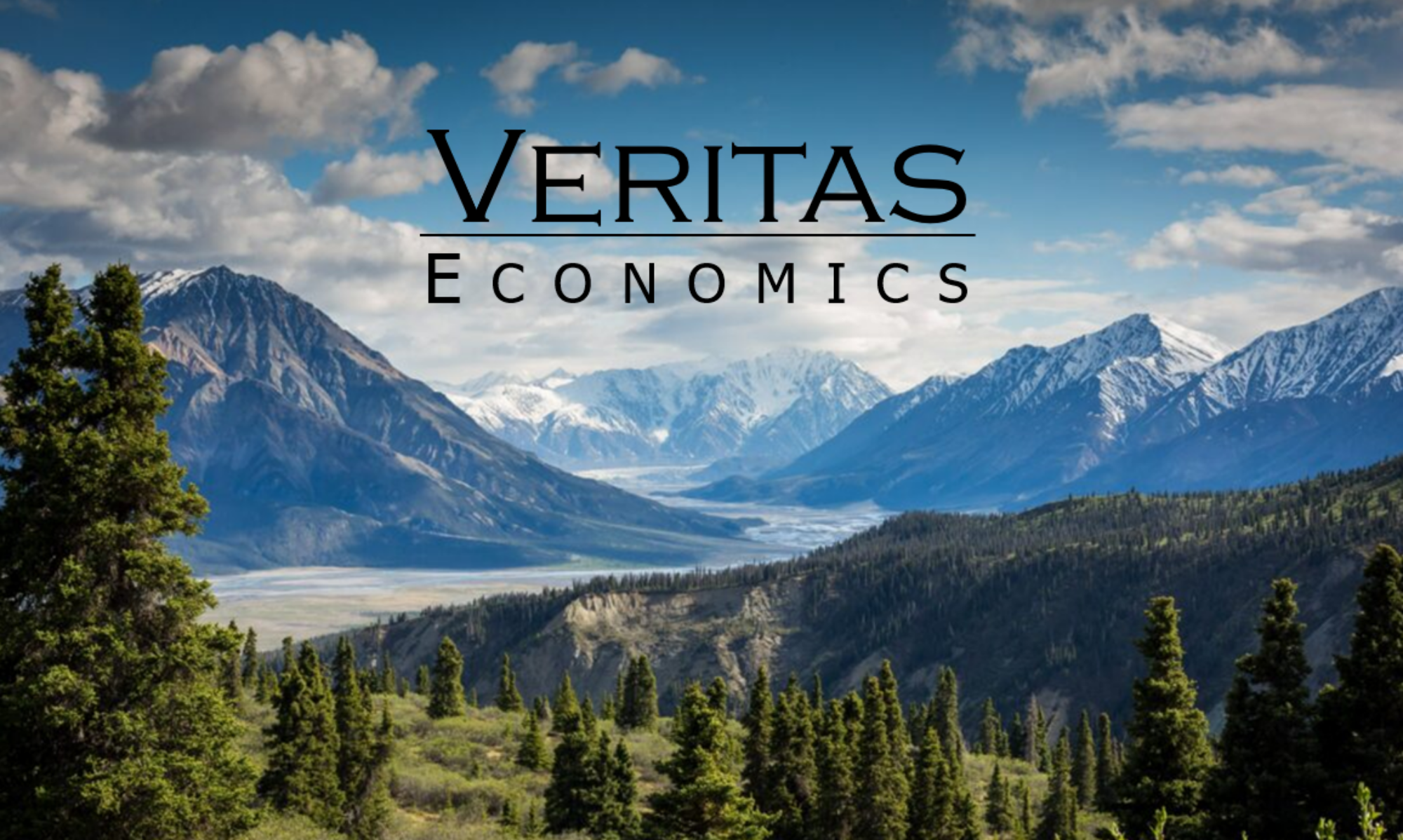Electricity demand underlies generation, transmission, costs, fuel consumption and emissions. Utilities need to predict and often want to affect electrical loads. Much of the remaining potential for changing load resides in residential demand. Moreover, electricity costs can be a large component of some household budgets.
Example Electricity Demand Projects
US Virgin Islands Electricity Price Reduction
Islands’ power grids often have fuel and technology limitations that lead to expensive electricity. With electricity prices historically exceeding 50 cents per kilowatt hour, the U.S. Virgin Islands (USVI) are no exception. Switching from expensive fuel oil to liquified petroleum gas (LPG/propane) would require installing infrastructure, but would reduce both fuel costs and exposure to dramatic fluctuations in fuel costs. The Virgin Islands Water and Power Authority (WAPA) anticipated that converting would result in substantially lower operating costs for the USVI electrical systems and electricity prices for consumers.
Veritas studied the implications of reductions in USVI electricity prices that would attend the fuel conversion. The ultimate recipients of these effects would be USVI households, who would benefit substantially and directly from significantly lower electricity prices. Because electricity is a fundamental input to many economic processes, USVI households would also benefit through reductions in other costs such as water and grocery store prices. This is of particular importance in the USVI, where the median income was $33,474 at the time of the study and households spent about 8 percent of that income on electricity. WAPA has since upgraded to LPG and subsequently reduced the price per kWh to $0.32 for residential customers and $0.35 for commercial customers.
Estimating the Demand Impact of Alternative Rate Structures
Veritas modeled the impact that Oklahoma Gas and Electric’s (OG&E) Smart Hours Residential Electric Service program has on electricity demand. Hourly kilowatt hour customer usage for weekdays in June through September was modeled as a function of the customers’ type of Variable Peak Pricing (VPP) service; whether they have a programmable communicating thermostat (PCT); and hourly weather and prices.
Preferences for Time of Use and Fixed Bill Electricity Service Plans
The Electric Power Research Institute (EPRI) and project funders Kansas City Power and Light, TVA, and Salt River Project were interested in understanding customer interest in Time of Use and Fixed Bill electricity service plans. Veritas developed a discrete choice survey (DCE) and administered it using the Dillman Total Design Method in funder territories. Veritas conducted econometric modeling of resulting data and constructed simulation models that allow evaluating customer interest under various scenarios.
Preferences for Electricity Plan Attributes
The Electric Power Research Institute and project funders were interested in understanding customer interest in different types of peak use charges (i.e., demand charges) administration fees, different resource mixes (traditional versus renewable), green fees (i.e., charges for adding a renewable resource mix), and bill guarantees. Veritas developed a discrete choice survey (DCE) and administered it using the Dillman Total Design Method in funder territories. Veritas conducted econometric modeling of resulting data and constructed simulation models that allow evaluating customer interest under various scenarios.
